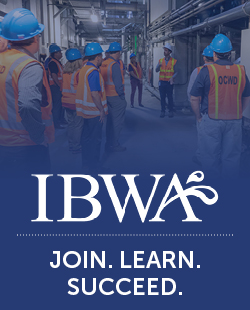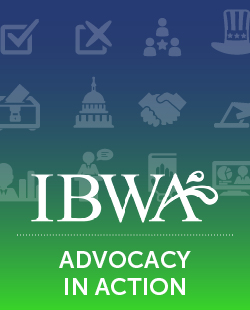On January 15, 2010, the U.S. Food and Drug Administration (FDA) issued a statement regarding the agency’s position on the use and safety of Bisphenol-A (BPA) in food contact materials. Provided below is a brief summary of the FDA statement and some general information about BPA. This information can be used if you get questions from customers, the media and others.
-
- The FDA statement confirmed the overall safety of BPA used in food containers. FDA noted that “standardized toxicity tests have thus far supported the safety of current low levels of human exposure to BPA.” FDA did, however, state that based on studies “using novel approaches to test for subtle effects,” it has “some concerns” about the potential effects of BPA on infants and young children.
-
- FDA did not take any formal action to prohibit the use of BPA in any food products. In fact, FDA cautioned against making any changes in food packaging or consumption by either industry or consumers that could jeopardize food safety or reduce intake of food needed for good nutrition. Bottled water companies using polycarbonate containers can therefore continue to sell their products fully confident of consumer safety.
-
- The FDA statement did not mention polycarbonate bottled water containers.
-
- In 2009, Health Canada, which is Canada’s counterpart to FDA, determined that an adult would have to consume approximately 1000 liters of bottled water (264 gallons) from a polycarbonate container in one day to reach the Total Daily Intake level for BPA set by Health Canada’s Food Directorate.
-
- FDA is conducting in-depth studies to determine whether BPA poses a health risk to consumers. IBWA and the bottled water industry support further scientific scrutiny of BPA.
-
- Based upon all available scientific evidence, the present consensus among regulatory agencies in the United States, Canada, Europe, Japan and New Zealand is that the current levels of exposure to BPA through food packaging so not pose an immediate health risk to the general population, including infants and children.
-
- Polycarbonate plastic has been the material of choice for food and beverage product containers for nearly 50 years because it is lightweight, highly shatter-resistant and transparent. During that time, many international studies have been conducted to assess the potential for trace levels of BPA to migrate from lined cans or polycarbonate bottles into foods and beverages. The conclusions from those studies and comprehensive safety evaluations by government bodies worldwide are that polycarbonate bottles are safe for consumer use.


